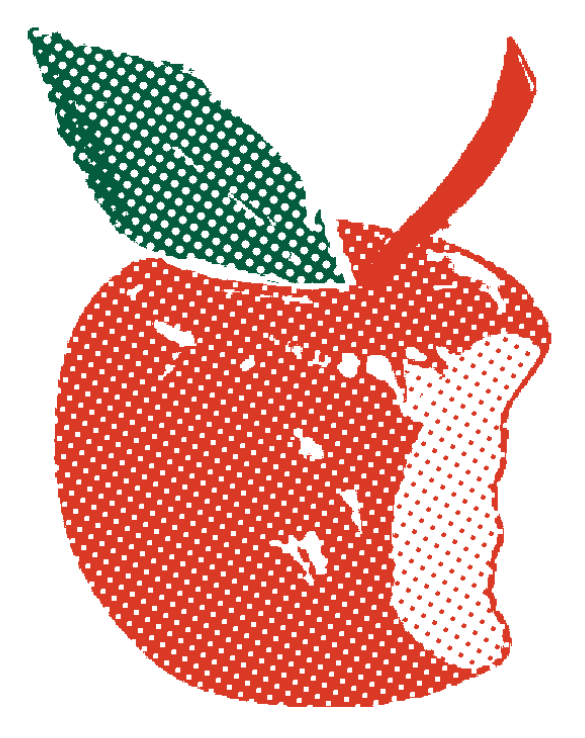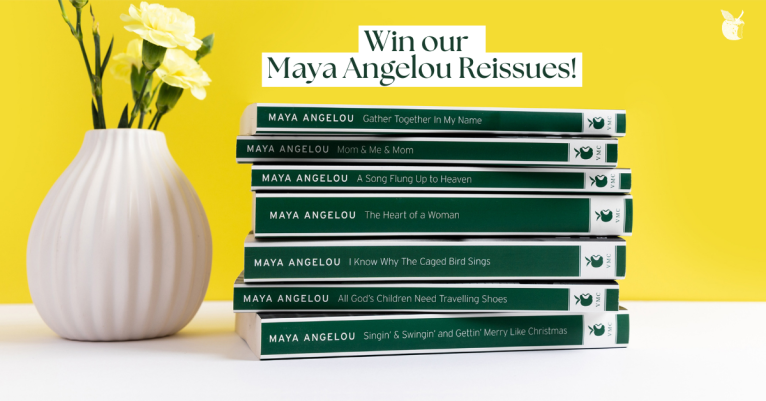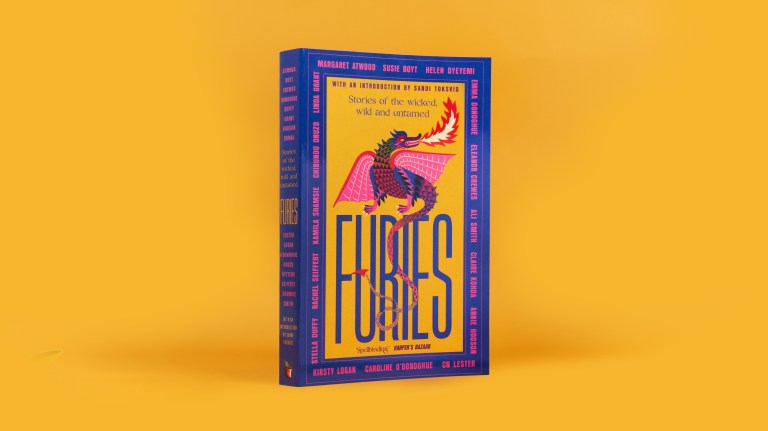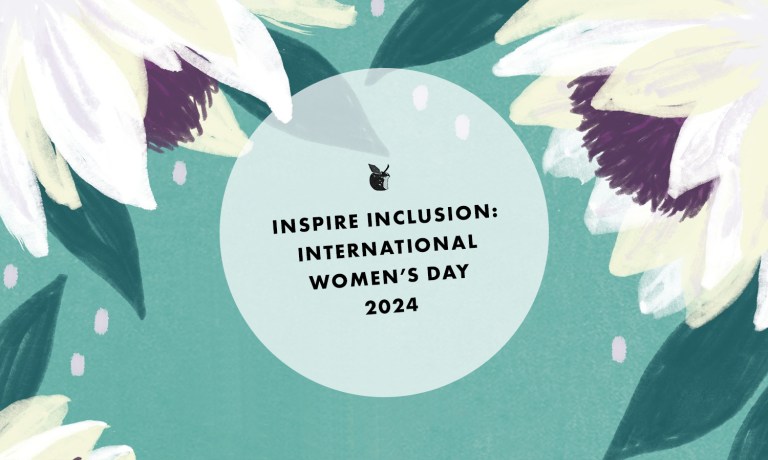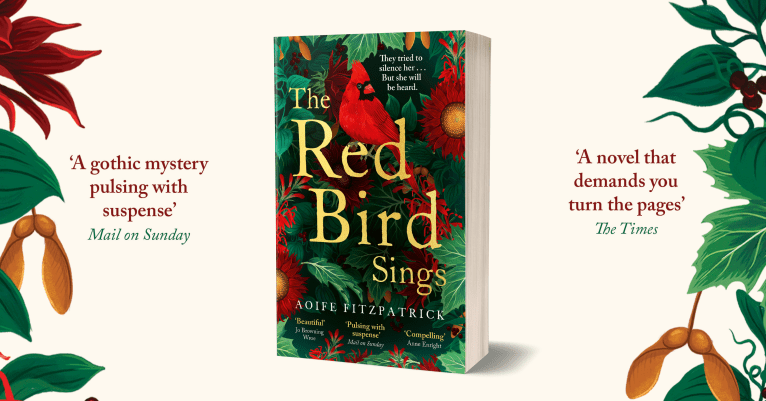Molly Keane: A Life extract
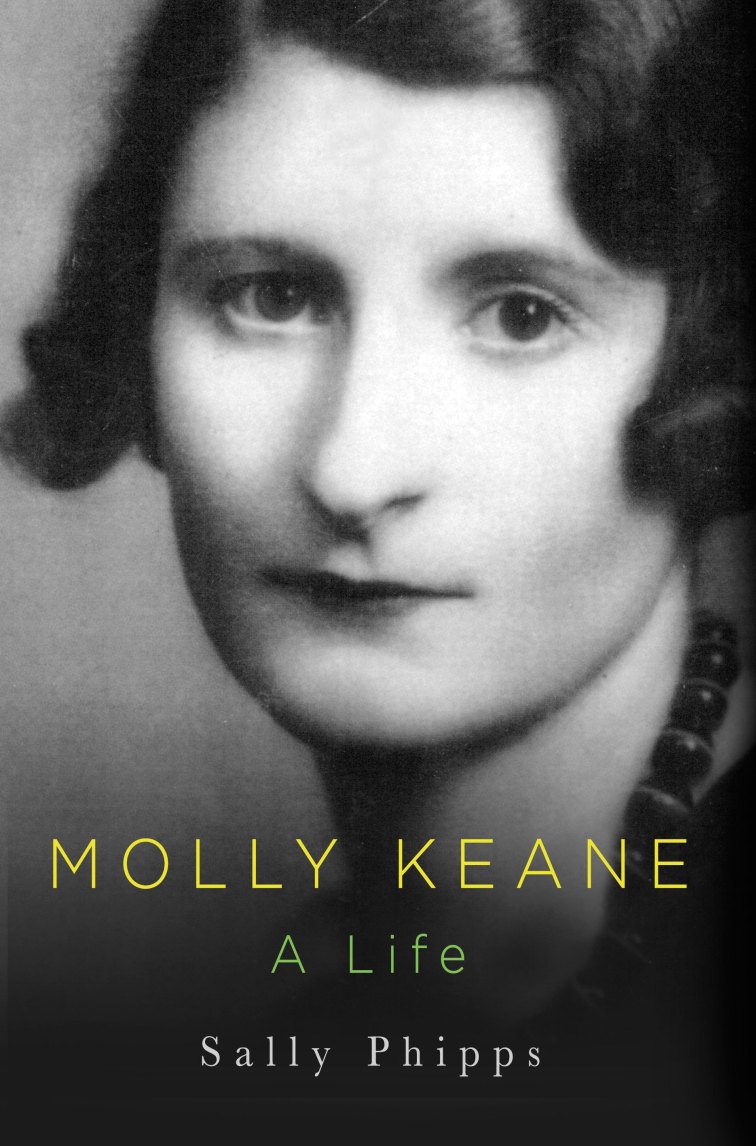
Molly Keane: A Life, written by one of her two daughters, is the first insight into the life of a fascinating and complicated woman, who was a brilliant writer whose books were a portrait of the Anglo-Irish world of the first half of the twentieth century. Molly Keane’s novels, such as Good Behaviour, reflect this world she inhabited; she was from a ‘rather serious hunting and fishing, church-going family’ and as Maggie O’Farrell wrote ‘she writes better than anyone else about the mother-daughter relationship, in all its thorny, fraught, inescapable complexity.’ Below is an exclusive extract from the book.
Aged ninety, Molly Keane lay on the sofa in her home at Ardmore, surrounded by the driftwood of her life at the time: sewing, which she found increasingly hard to see, a letter half written, and a copy of the Spectator through which she was slowly proceeding. Pleasurable tasks had become marathons. The flowers and the fire in the room were tended by other hands in ways she did not quite approve of, and felt obliged to show gratitude for. It was a dark evening, and the sea from which she drew solace was invisible through the window. Although she did not speak of it, I knew that all day her inner state had been vertiginous. She longed for life and she longed for death, and she felt cheated of both. She struggled with sadness, impatience and a blanketing tiredness that drained her of humour and the small residue of vitality on which she relied. It was six o’clock and the contest was nearly over for that day. She began to relax and to take a few sips from a tiny glass of whiskey. Her eyes, which had the distant, luminous look of old age, changed slightly and recovered a little of their former brightness. She began to talk about the idea of my writing her biography, something that had been said and unsaid between us for years. She was shy of pushing it on me and I was shy of thinking of her as a subject and not as a person, as well as being doubtful of my ability to bring her enchanting and troubled personality to the page. I was fifty- five, she was my mother, fossiled into my psyche by her love and by the happiness and difficulty which this had brought me over the years. We loved each other, but had long wrestled with the dream character we wished the other to be. As well as being my mother, she was an artist, a fact that interested me deeply and I hoped would give me the necessary distance. A sort of deal was done between us that evening as we sipped whiskey in the room, which like every drawing- room she had ever had, smelt in February of hyacinths and turf smoke.
‘I trust you completely,’ she said; ‘the only thing I’m afraid of is that you won’t be nasty enough.’ She spoke as a writer and with generosity because she hated it when people were nasty about her in real life. She knew my weakness, my fear of the scalpel (which she wielded so fruitfully in her own work) and my desire for a serenity which is not always there. She was not averse to serenity herself, but she felt it to be a rare occurrence often tainted by complacency and illusion. I wish I had seen her then as I see her now. Writing about her has given me a synthesis of what she conquered and suffered and enjoyed. Her character was passionate, excitable and easily moved to amusement and anxiety. Her talent was a very personal matter. She wove her writing out of her own colour and bleakness, and very directly from the world immediately about her.
–
Molly Keane: A Life by Sally Phipps is available in paperback from 25th January 2018.
